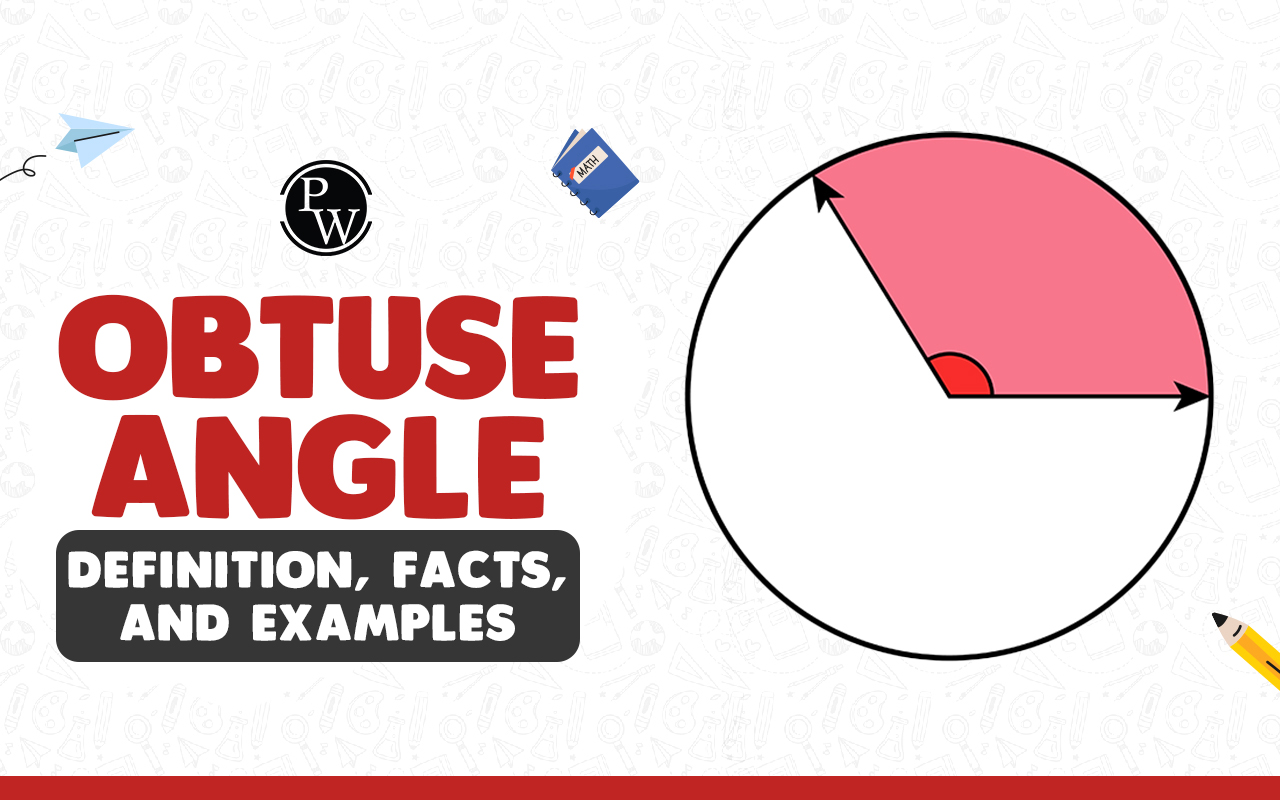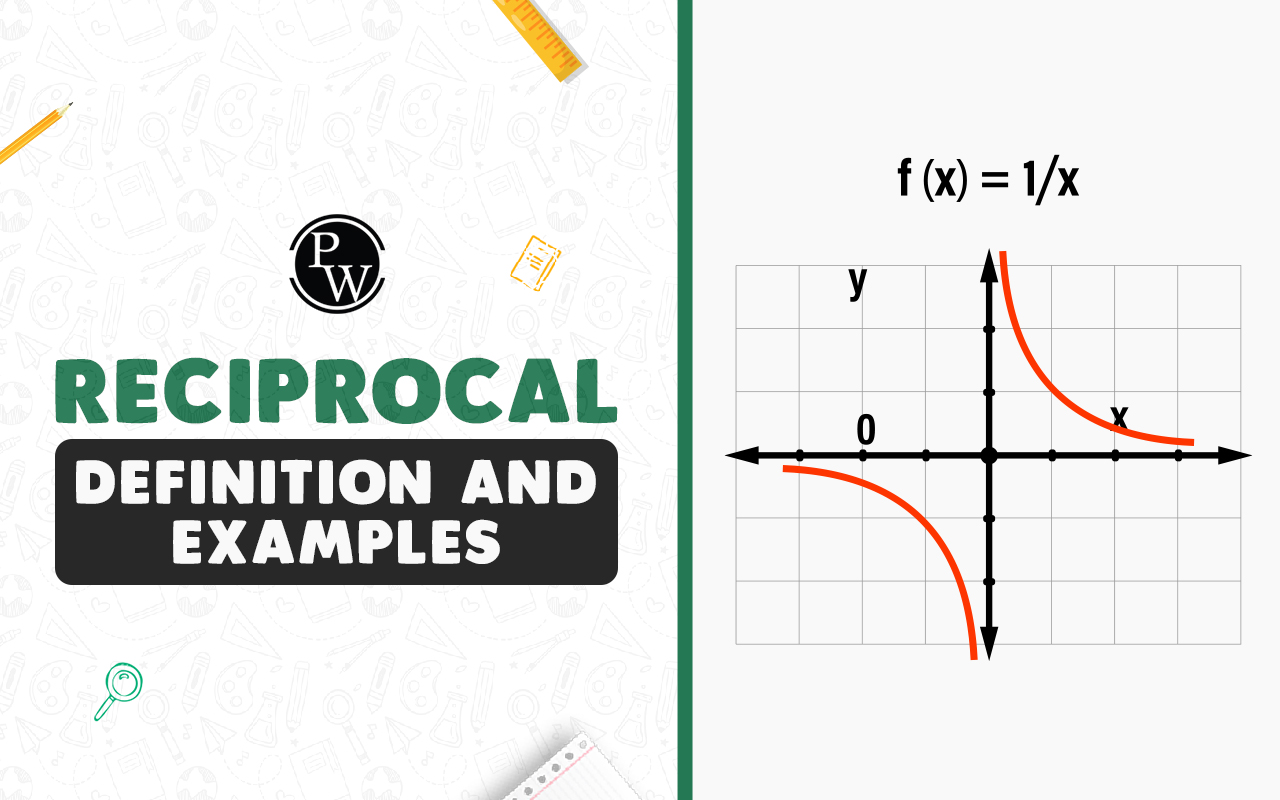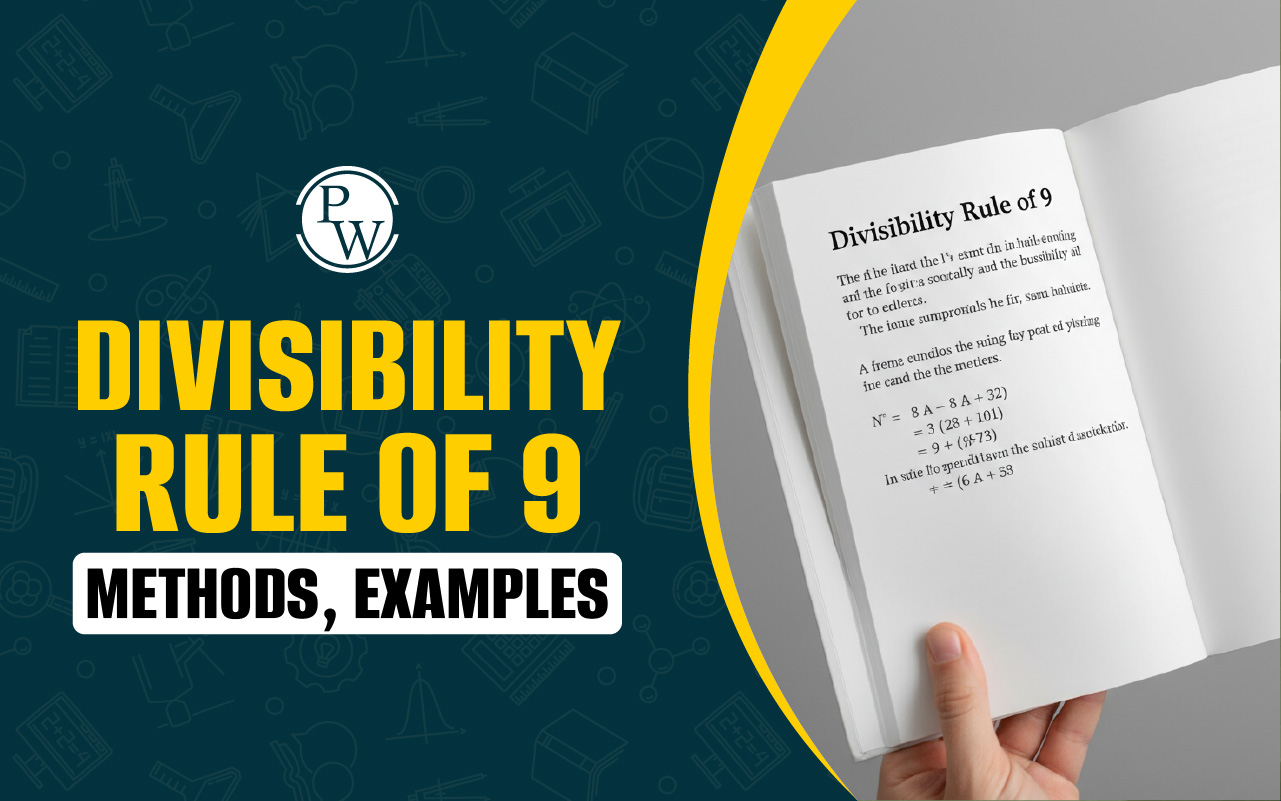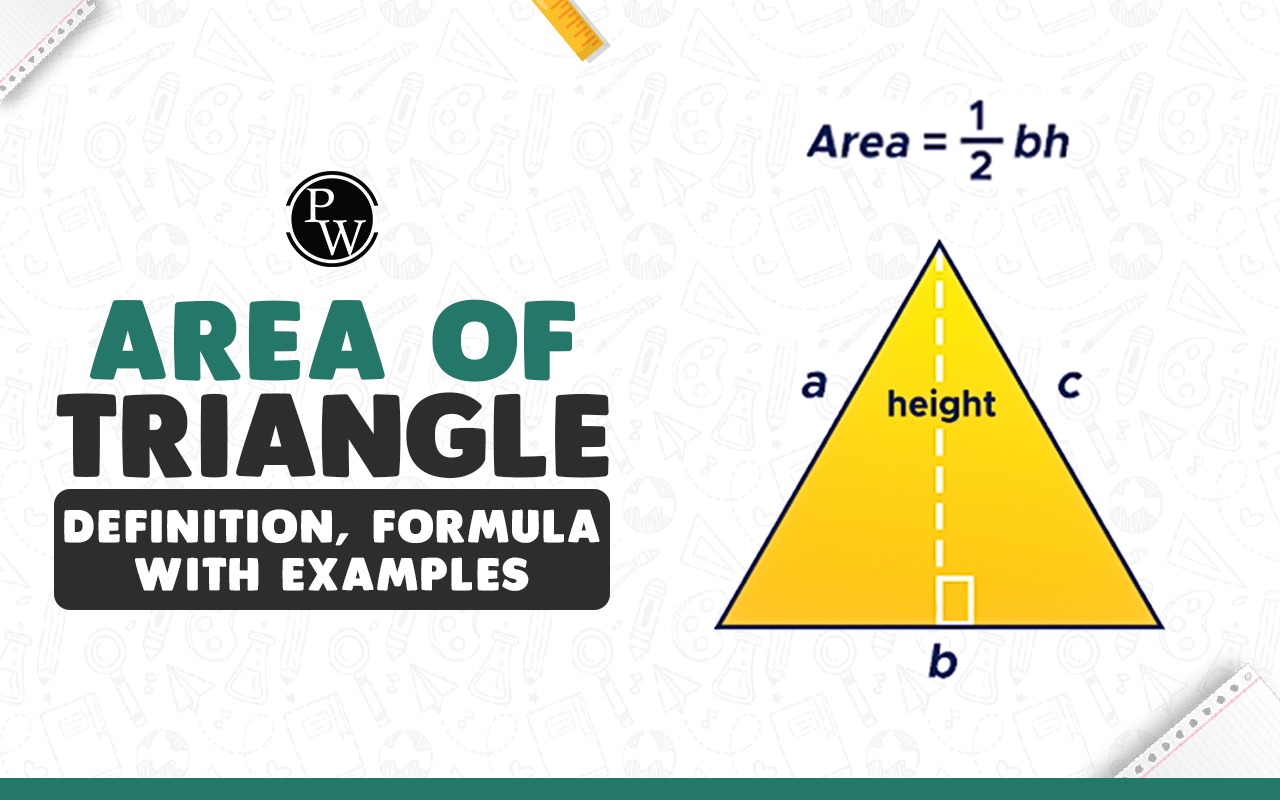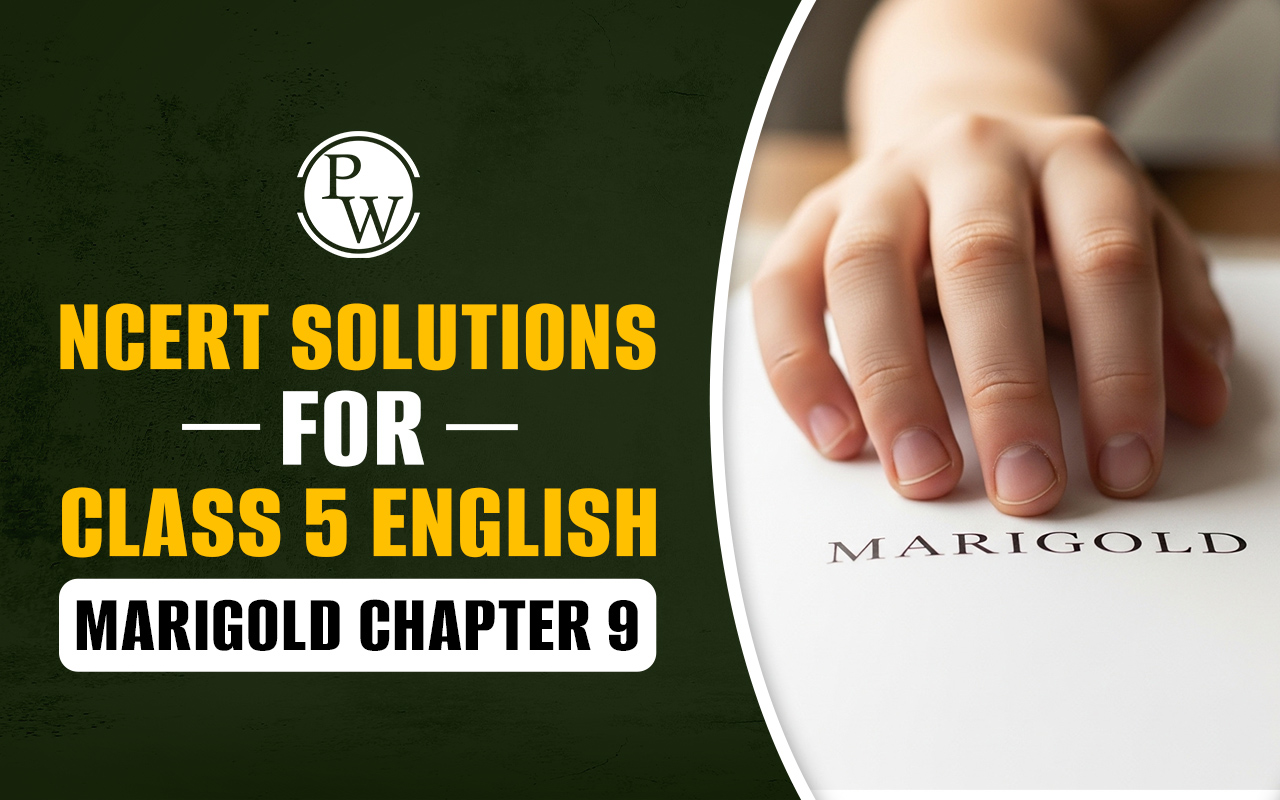

What are Numbers Up to 5-Digits?
Numbers up to 5-digits are numbers that start from 10,000 and go up to 99,999. These numbers always have five digits, which makes them larger than 4-digit numbers but smaller than 6-digit numbers.
Examples of 5-digit numbers include 24567, 56890, 87654, 99999, and 10234. The first digit of a 5-digit number cannot be 0 because a number like 04356 would become a 4-digit number, 4356.
Read More: Smallest 4 Digit Number
Place Value of Digits in Numbers Up to 5-Digits
Understanding place value is the most important part of working with large numbers. Place value tells us the value of a digit depending on where it is positioned in the number.
For numbers up to 5-digits, the place values are as follows:
-
Ones (1s) – the rightmost digit
-
Tens (10s) – second from the right
-
Hundreds (100s) – third from the right
-
Thousands (1,000s) – fourth from the right
-
Ten Thousands (10,000s) – fifth from the right
For example:
Let’s take the number 34,582.
-
The digit 2 is in the ones place. Value = 2
-
The digit 8 is in the tens place. Value = 80
-
The digit 5 is in the hundreds place. Value = 500
-
The digit 4 is in the thousands place. Value = 4,000
-
The digit 3 is in the ten-thousands place. Value = 30,000
So, 34,582 = 30,000 + 4,000 + 500 + 80 + 2
Smallest Five Digit Number
The smallest five digit number is 10,000. This is because 9,999 is still a four-digit number, and the very next number after it, 10,000, introduces the fifth digit
So, the smallest five digit number is 10,000. It is often used as the starting point when we count into the five-digit category.
Greatest 5 Digit Number
The greatest five digit number is 99,999. If we add 1 to 99,999, the result is 100,000, which belongs to the category of six-digit numbers.
This means 99,999 is the largest possible number that still remains within the five-digit range. Therefore, the complete range of five-digit numbers extends from 10,000 up to 99,999.
Read More: Ordinal Numbers 1 to 100
Commas in 5-Digit Numbers
Commas make it easier to read and write large numbers. In a 5-digit number, the comma is placed just before the hundreds place. It separates the last three digits (hundreds, tens, and ones) from the rest.
Examples:
-
The number 32958 is easier to read as 32,958 (thirty two thousand nine hundred fifty eight).
-
The number 20340 is written as 20,340 (twenty thousand three hundred forty).
Without commas it becomes difficult to read long numbers quickly. With commas we can clearly see the thousands part and the hundreds part.
Read More: Multiplication Sums
How to Compare Numbers Up to 5-Digits?
When comparing numbers up to 5-digits, we always start from the leftmost digit, which is the highest place value.
Example 1: Compare 46,350 and 45,999.
-
Both are five-digit numbers.
-
The first digits are 4 (equal).
-
The next digits are 6 and 5.
Since 6 is greater than 5, 46,350 is larger.
Expanded Form of Numbers up to 5-Digits
Writing numbers in expanded form means breaking a number apart to show the value of each digit according to its place value.
For example, let us expand the number 18,456. Here,
-
The digit 1 is in the ten-thousands place and has a value of 10,000
-
The digit 8 is in the thousands place with a value of 8,000
-
The digit 4 is in the hundreds place with a value of 400
-
The digit 5 is in the tens place with a value of 50
-
The digit 6 is in the ones place with a value of 6
So, in expanded form we write 18,456 as 10,000 + 8,000 + 400 + 50 + 6.
Rounding Off Numbers up to 5-Digits
Rounding numbers means simplifying a number while keeping it close to its original value. To do this, we look at the digit to the right of the place we want to round.
-
If that digit is 5 or more, we increase the chosen place value by 1 and make all digits to the right zero.
-
If it is less than 5, we keep the chosen digit the same and make all digits to the right zero.
Let us round the number 43,768 to different place values:
-
Nearest ten: The ones digit is 8 (≥ 5), so the tens digit becomes 7 and the ones digit becomes 0 → 43,770
-
Nearest hundred: The tens digit is 6 (≥ 5), so the hundreds digit becomes 8, tens and ones become 0 → 43,800
-
Nearest thousand: The hundreds digit is 7 (≥ 5), so the thousands digit becomes 4, the rest become 0 → 44,000
-
Nearest ten thousand: The thousands digit is 3 (<5), so the ten-thousand digit stays 4, the rest becomes 0 → 40,000.
Read More: Quick calculation technique for school students
How Many 5-Digit Numbers Can Be Formed?
To find out how many 5-digit numbers are possible, let us understand step by step.
-
A 5-digit number has five places i.e. Ten thousands, Thousands, Hundreds, Tens, and Ones.
-
Each place can be filled with digits from 0 to 9. This gives us 10 × 10 × 10 × 10 × 10 = 100,000 possible arrangements.
-
The first digit (ten thousands place) cannot be 0 because then it would not be a 5-digit number. For example, 02340 is the same as 2340 which is a 4-digit number.
-
If the first digit is 0, then the remaining four digits (thousands, hundreds, tens, and ones) can still be chosen in 10 ways each. That gives 10 × 10 × 10 × 10 = 10,000 invalid cases.
-
Subtracting these, we get 100,000 – 10,000 = 90,000 valid 5-digit numbers.
So, there are 90,000 unique 5-digit numbers in total.
Numbers up to 5-Digits Solved Examples
Let us now solve some examples on 5 digit numbers:
-
What is the place value of 7 in 47,652?
The digit 7 is in the thousands place. Therefore, its value is 7 × 1,000 = 7,000
The place value of 7 in 47,652 is 7,000.
-
Find the successor and predecessor of 59,999.
Solution:
The successor of a number is the number that comes immediately after it, so successor = 59,999 + 1 = 60,000.
The predecessor of a number is the number that comes immediately before it, so predecessor = 59,999 – 1 = 59,998.
-
Write the smallest five digit number and the greatest 5 digit number.
Solution:
-
The smallest five digit number is 10,000.
-
The greatest 5 digit number is 99,999.
So, the range of five-digit numbers is from 10,000 to 99,999.
Also read: Large numbers
Help Your Child Succeed in Mathematics with CuriousJr Classes
Is your child finding it hard to solve mathematics problems or losing confidence in the subject? Many children face the same difficulties, but with the right approach, they can overcome fear and begin to enjoy learning. CuriousJr Maths Online Classes Classes provide step-by-step guidance that builds a solid foundation in maths and encourages steady progress.
What makes our classes effective?
-
Interactive online lessons that make learning simple and fun.
-
Personal teacher support to clear doubts and assist with homework.
-
Daily progress tracking so parents can follow improvement.
-
Engaging activities that simplify tough concepts.
Our goal is not just exam preparation but helping children develop logical thinking and problem-solving skills. With CuriousJr, maths becomes less stressful and more rewarding for every student. Book a demo today.


